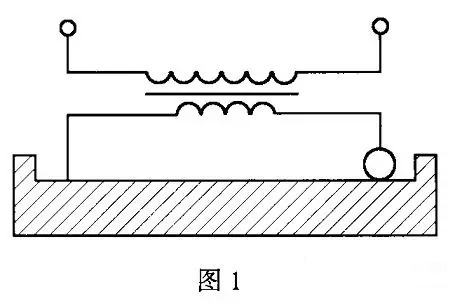
- Home
- About
-
Product
- High speed drilling and tapping machine
- Engraving and milling machine series
- High rigidity rail series
- High rigidity die hard rail series
- Gantry machining center series
- Special machine for profile
- High speed machining center
- Turning milling compound CNC lathe
- Power turret with tail top + Y axis
- Power battery cover
- Power battery pole
- Technical
- News
- Recruitment
- Cooperative
- Contact

